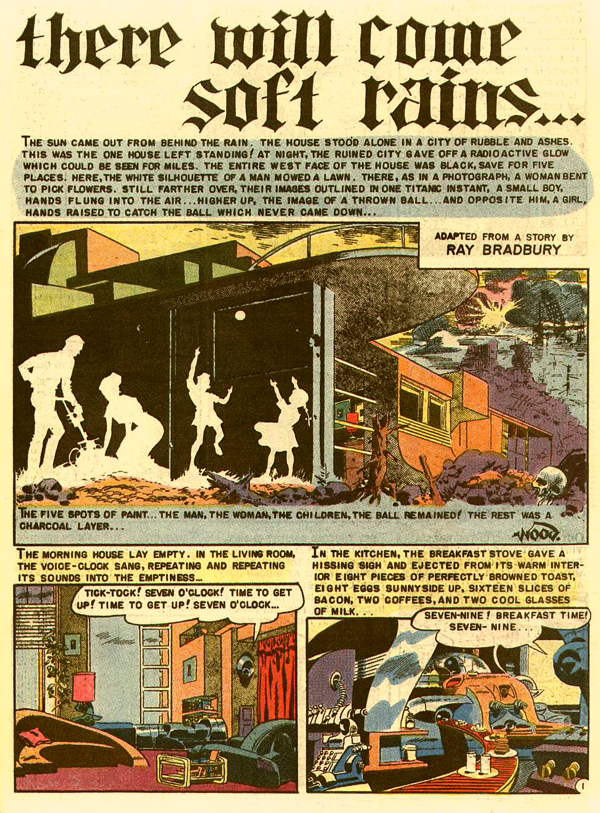The Search for OSonic Spimes
In light of the 2011 published OSArch (Open Source Architecture) Manifesto, which is co-authored by a collective of well-meaning and independently exalted people, a question has arisen as to the new-forming and potentially evolving aesthetic of an Open Source Building. Given the multi-faceted process, complete with collective parametric shaping, crowd-financing, crowd-ownership, kaizen constructed components, doused in a lush near-organic environment of apps and platforms: what will this thing look like?
Around 2008, the congealing aesthetic for prototypes of ecological architecture was referred to as Econic. To officially leap onto the OS bandwagon, let’s call the Open Source proto-aesthetic OSonic. And keep in mind this name will, by its own code, evolve.
In his search for ubiquitous computing, Bruce Sterling coined the term Spimes (space/time) signifying objects or surfaces embedded with processing that can access networks- essentially network-sentient devices and surfaces. OSArch proposes that its architecture will be a set of “spime” components that communicate with each other and to a centralized operating system.
Here on Slab, I will be reporting on the search for existing, if lo-tech, examples of this condition in Berlin.*/**
Let’s call them OSonic Spimes (Open Source Iconic Space/Times)
The criteria for such is:
1. containing digitally sentient surfaces or devices
2. continuously updated/improved upon
3. built modularly
4. co-owned/co-authored or unowned/non-authored
*In the spirit of old-fashioned closed-source authorship, there will be no public contributions to this search.
**Unless you’ve found a stellar specimen.
